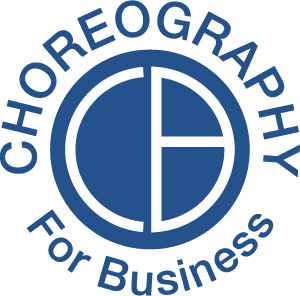Communicating in the Age of Face Masks
There is no denying that our mouths play an important role when it comes to communicating. From the verbal words we express, to a wide variety of smiles, our mouths are the unique part of our body that expresses both verbal and nonverbal cues.
However, even with this under account, our mouths are far from the only, or even the primary, factor in nonverbal communication.
Read More
The Power of Visual Listening
A concept I teach frequently in my workshops is called ‘visual listening’.
Oftentimes, we rely on our ears for explicit information either through words or sounds. While both of these are important in communication, listening with our eyes can be an incredibly powerful tool – particularly in video settings.
Read More
Being Aware of Your Audience in Virtual Settings
It’s tough to ‘read your audience’ when you can’t fully see them. But even in virtual settings, you have an audience. In order to be successful in business, to drive sales and close accounts, you have to be aware of, and manage your audience’s experience.
So what can you do?
Read More
How to Make Your Remote Team Feel Seen and Heard
The challenge as a leader to make our teammates feel seen and heard is even more pressing. Having facilitated many virtual meetings to date, here are a few of my best practices when it comes to including, engaging and motivating remote teams.
Read More
But What Should I Do With My Hands?
Hands down, this is one of the most common questions I get when working with clients. For a species that is defined by dexterous digits, we share a lot of information in the way we express with our hands.
In video meetings, if you have set yourself up properly with your camera at eye level and 2-3 feet distance between yourself and the back of your computer, your hands can, and should, play a big role in your communication. Don’t leave this crucial aspect of expression out of the equation.
Read More
The Nonverbal Cues that Matter in our Virtual World
Nonverbal communication is more than just the messages we send with our bodies. In addition to body language cues, nonverbal communication also includes things like, the way we dress and accessorize; our hairstyle; whether we wear make-up or not. Aspects of vocal variety: tonality, speed of speech, pauses, volume and so forth are also important nonverbal cues.
While it isn’t too far a stretch of the imagination to see how these cues can be important on video calls, what about emails? Since a vast majority of our communication in the workplace is through email or text, what are the nonverbals there?
Read More
The Solution to 'RBF'
Does anyone come to mind at these statements? Maybe things of this nature have been said about you? There is a common phenomenon colloquially known as ‘RBF’* that can often allow for a good deal of cross-firing in professional settings.
Read More
Beware the i-Hump
Beware the dreaded i-hump. Over the next month or so of remote working we can expect to be spending more and more time on our devices. The magnetism of an iphone or a computer screen is enough to pull our heads out of alignment causing muscle tightening and building around the lower neck/upper back area. (See image below)
The effects of poor posture cannot be overstated and as we make our way through this period of 2D connectivity, we must protect ourselves from this threat to our physical and mental health.
Read More
Powerful Remote Office Hacks and the Body Language Cues that Come With Them
Nonverbal communication does not stop just because you are no longer sharing the same physical space as someone. In fact, the cues we are sending in the way we show up on video calls can be just as loud as when you walk into a conference room. Additionally, working at home doesn’t mean your physical experience goes out the window. On the contrary, your posture and presence remain important pieces of your remote working experience.
Any one of the following upgrades will significantly up your remote office game.
Read More









